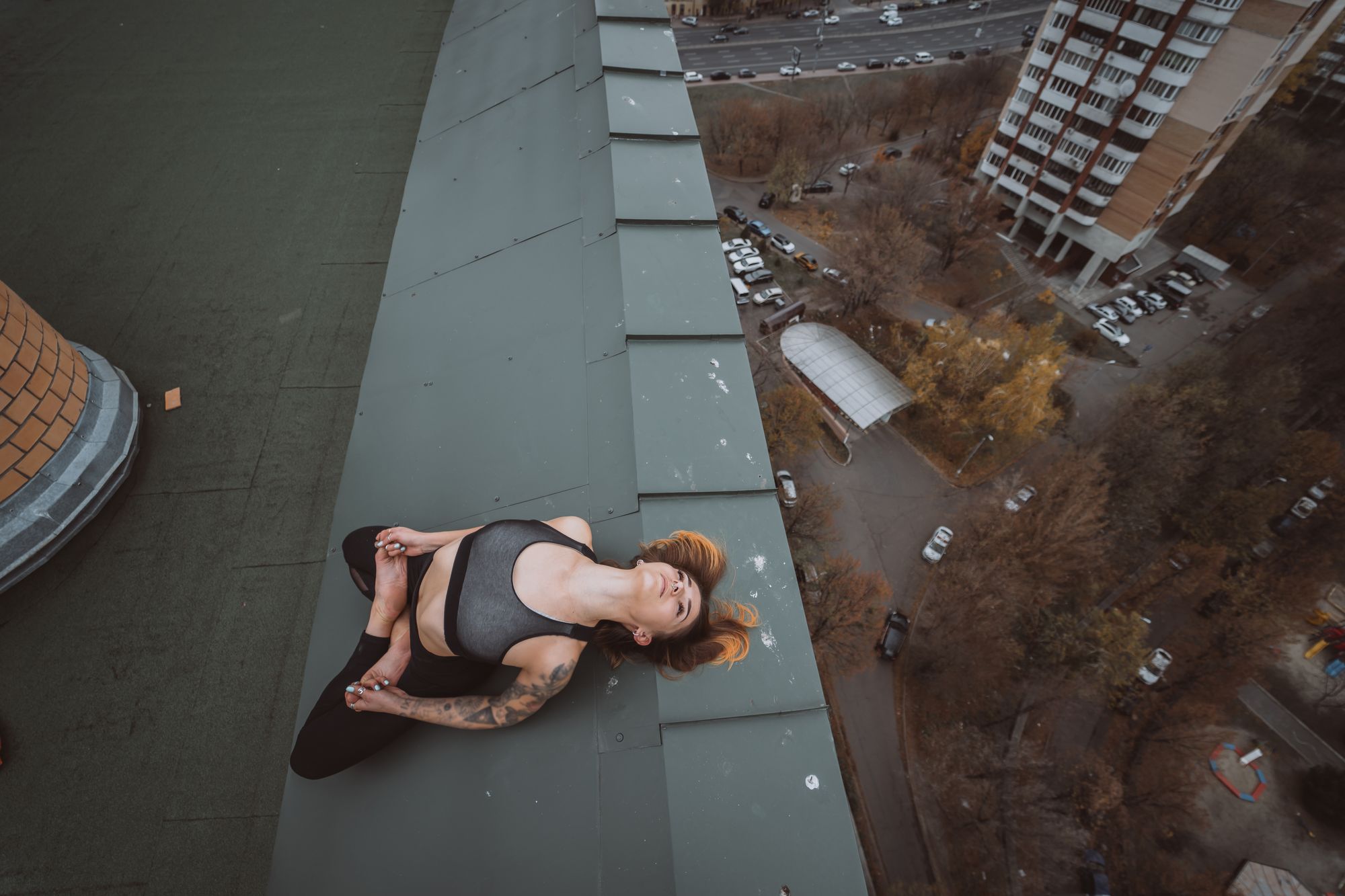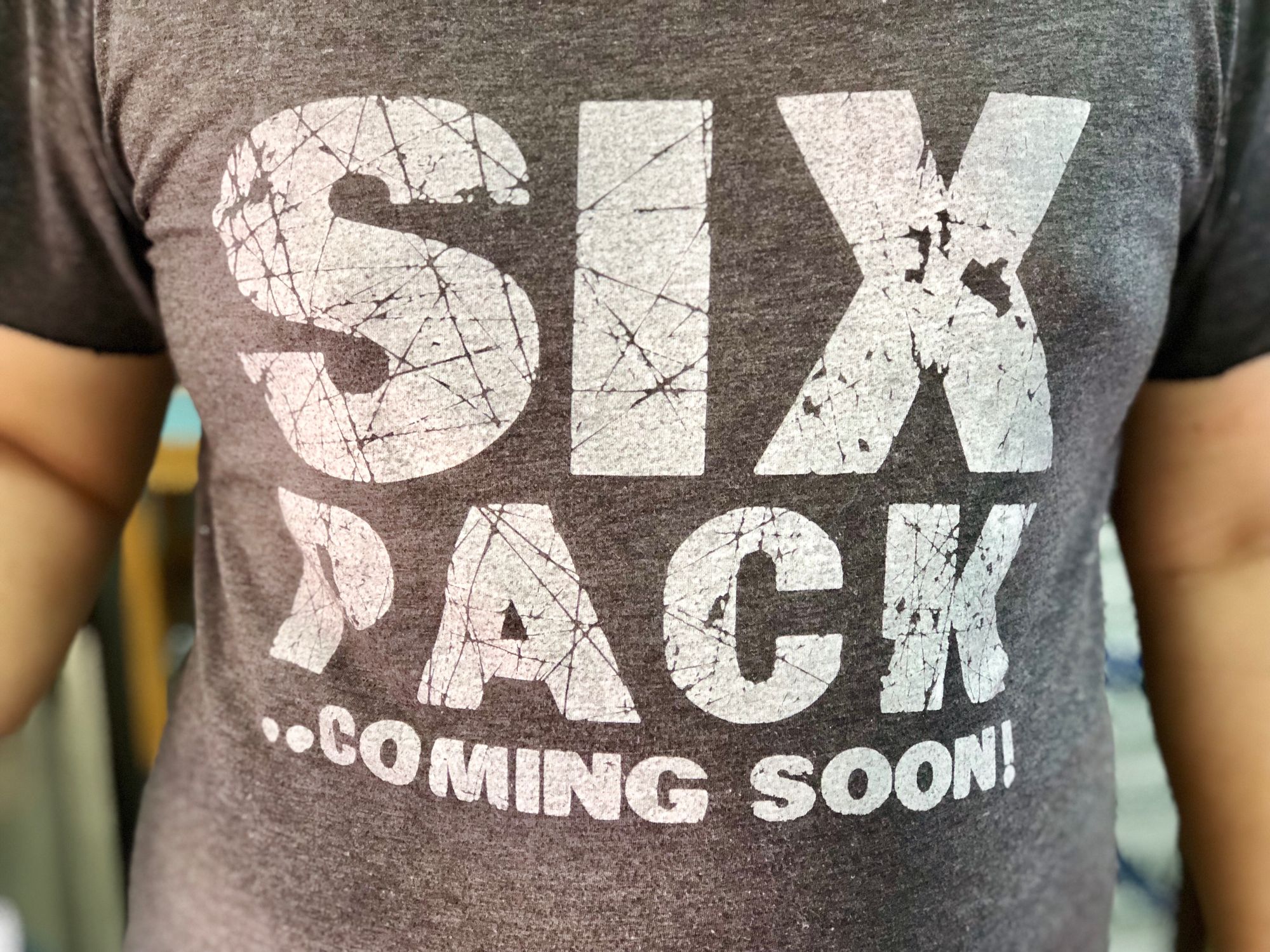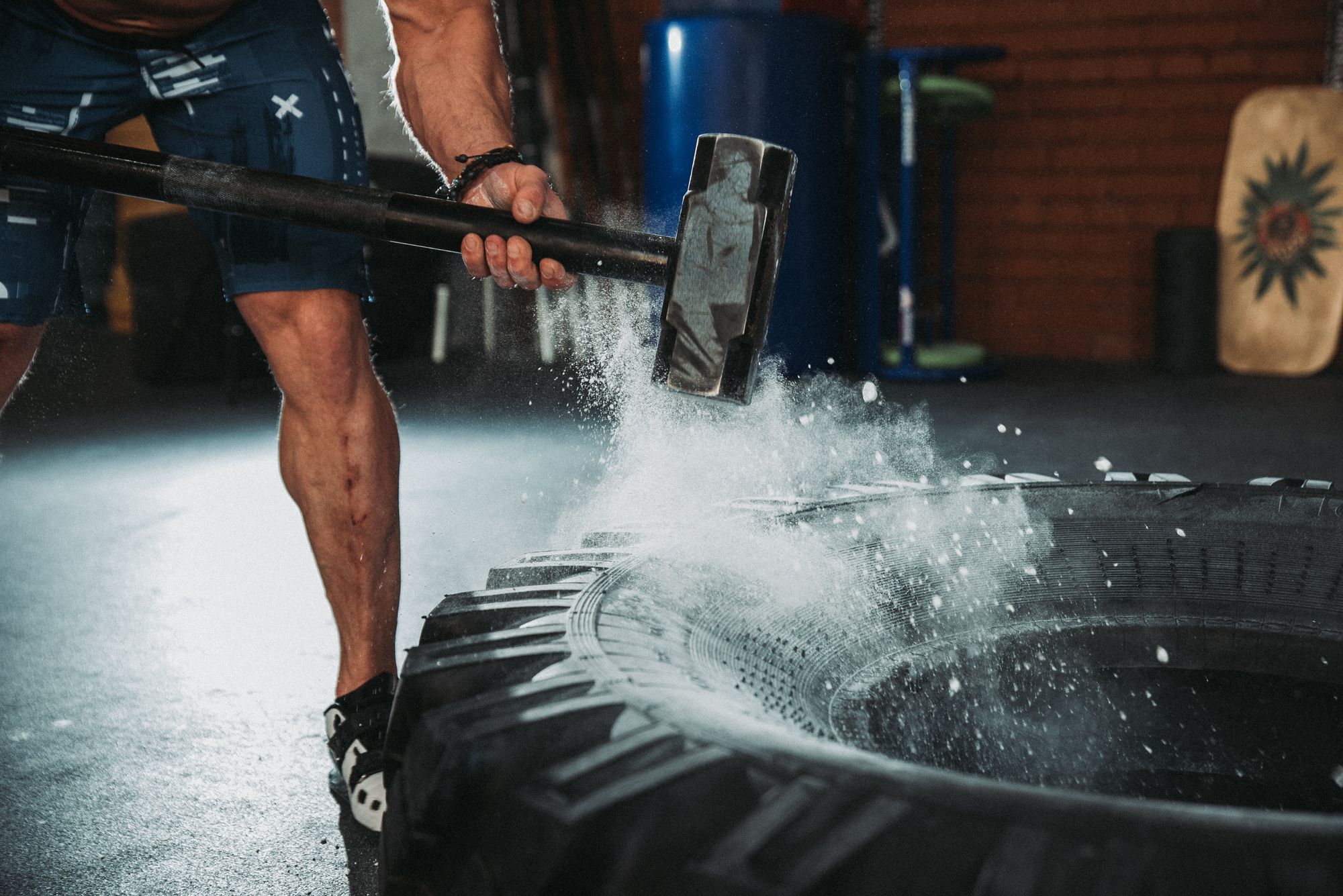Are Sit-Ups Pointless? Plus, What to Do Instead for Your Abs Workout
Are sit-ups hurting you, instead of helping you get rock-hard abs or a stronger core? (Yes.) Discover what to do for your abs workout instead.

Whether you want rock-hard, chocolate-bar-lookalike abs (mmm, tasty 🍫) or a stronger core for improved lifting performance, you're probably inserting the sit-ups into your abs workouts once or twice weekly — at the minimum.
But here's the thing. Could sit-ups be doing you more harm instead of good?
OK, spoiler alert: they most definitely are. Why, though?
That's what this article is for. Beyond simply understanding why sit-ups are pretty much pointless, you'll also discover:
✅ The few exercises that’ll truly, effectively target and build your core AND
✅ How to seamlessly incorporate them into your existing workout routine
Let’s get started.
How do sit-ups hurt you?
You have your back on the ground. You’re not holding any weights.
All you’re doing is contracting your abs to move your torso toward your quads — isn’t that quite literally the safest exercise you could ever do? So how does it hurt you when you do it for your abs workout?
Dr. Stuart McGill, a world-renowned expert in low back disorders, explains that the issue lies in the inherent motion of the sit-up.
See: when your spine curves and strains to move your upper torso (an arguably substantial load) through space, the movement stresses your spinal disc.
Worse still, you’re not simply doing it once.
Think back to the last time you did sit-ups. How many sets and reps did you do? Maybe three sets of 30, or possibly more?
Multiply that by your weekly frequency, and … that’s a lot of stress on your spine.
And if the higher rates of lower-back injury in US troops made to do speed sit-up tests are anything to go by, well, it'd seem that if you continue doing sit-ups, you're likely to run into some pain in the future, too.
Speaking of injuries … here’s what you could do to prevent them:

(FYI: the US army phased out 2-minute sit-up tests, which have been used for decades to judge soldiers’ combat readiness in response — a sign of just how harmful the exercise is.)
How is it different from other “spine-stressing” exercises?
But wait. What about in instances like the Romanian deadlift? You’re also “hinging” at the hips, straining the spine while moving the barbell up and down. Is RDL also bad for you?
While the two motions may look similar (barring that you're horizontal in one and vertical in the other), the crucial difference is that you can brace your core during the RDL.
That means tensing key muscles in your core region to create a tight, packed midsection, protecting your spine’s structural integrity. I.e., your spine doesn't round excessively — as it does during the sit-up — when you're performing the RDL.
So … what should you do for your abs workout instead?
You shouldn't do sit-ups for your abs workout. So what alternatives do you have to work the core, then?
Core 101
Before diving into that, it’ll first be helpful for you to understand the exact muscles that make up your core (no, it isn't quite as simple as just "upper abs", "lower abs”, and “obliques”).
As it turns out, your core refers to the area of your body between the diaphragm and your pelvic floor. Meaning? All the muscles that support this region and stabilize the spine can be considered part of your core.
There are six in particular you should know.

Don't worry. You don't have to commit their names to memory; just having a vague idea of what they are will suffice.
- Transversus abdominus: The deepest layer of abdominal muscle.
- Rectus abdominus: What you’d know as your “six-packs”. Also known as your “upper abs” and “lower abs”.
- Quadratus lumborum: Your deepest back muscle.
- Multifidus: A series of small, muscular, and tendinous bundles that run across the length of your spine.
- Internal obliques: A muscle that runs along the sides of your rectus abdominus. Found underneath your external obliques.
- External obliques: A muscle that runs along the sides of your rectus abdominus. Covers your internal obliques.
Does this mean you’ll have to find dedicated exercises to target each of these six muscle groups? No, you don’t. That’s because these muscles are BFFs — they work together to help prevent your body from excessively:
2️⃣ Rounding the lower back — posterior core stability
3️⃣ Bending to one side (imagine trying to touch the “outside” of your left foot) — lateral core stability
4️⃣ Rotating in either direction (imagine turning to your right to talk to your colleague) — rotary core stability
4 best exercises to include for your abs workout
With that in mind, picking the exercises for your abs workout becomes much easier. We'll just need exercises targeting each of those four categories: anterior, posterior, lateral, and rotary core stability.
Um, so, what exercises are they? Here you go:
- Anterior core stability: Reverse crunches
- Posterior core stability: Bird dog
- Lateral core stability: Farmer’s carry
- Rotary core stability: Palloff press
And as for how you could incorporate these exercises into your routine, here are three tips:
- Ditch the sit-ups: No, seriously. Please scrub the sit-ups from your workout plan.
- Stick with the “hypertrophy” set and rep range: That means 10 to 15 reps for each exercise and/or side. (Note: consider walking from one end of the gym to another with Farmer's carry.)
- Do the abs workout two to three times weekly: Like all muscle groups, your core will grow the best when trained at least two to three times per week. Slot it after your “light-ish" workout days free of core-intensive exercises, like barbell squats and deadlifts.
Also, a side note: if you're trying to get "chunky" abs, remember that nutrition plays a role. You must be at a low enough body fat percentage for your abs to become visible.
These articles may help:



Need more guidance (with your form or routine)?
Still unsure of how to fit those exercises into your routine?
Don't have a "set" workout routine you're on — but wish to be on one, so you can maximize your muscle-building efforts?
Don’t know how to perform the reverse crunches/bird dog/Farmer’s carry/Palloff press?
GymStreak could help. In addition to planning workout routines tailored to your fitness goals (so you don’t have to), this smart, AI-powered personal trainer app also gives you access to a comprehensive exercise library that’ll guide you through proper exercise form and execution. How amazing is that?
See for yourself:
This Way To The Help You Want On Your Strength Training Journey
We're ready to help. Just download the app, and you're all set.
References
Callaghan, J. P., & McGill, S. M. (2001). Intervertebral disc herniation: Studies on a porcine model exposed to highly repetitive flexion/extension motion with compressive force. Clinical Biomechanics (Bristol, Avon), 16(1), 28–37. https://doi.org/10.1016/s0268-0033(00)00063-2
Evans, R., Reynolds, K., Creedon, J., & Murphy, M. (2005). Incidence of acute injury related to fitness testing of US Army personnel. Military Medicine, 170(12), 1005–1011. https://doi.org/10.7205/milmed.170.12.1005
Huxel Bliven, K. C., & Anderson, B. E. (2013). Core Stability Training for Injury Prevention. Sports Health, 5(6), 514–522. https://doi.org/10.1177/1941738113481200
Norrie, J. P., & Brown, S. H. M. (2020). Brace yourself: How abdominal bracing affects intersegmental lumbar spine kinematics in response to sudden loading. Journal of Electromyography and Kinesiology: Official Journal of the International Society of Electrophysiological Kinesiology, 54, 102451. https://doi.org/10.1016/j.jelekin.2020.102451


